
Whether you’re a seasoned veteran of the game or you’re just starting out, understanding how to correctly grip a disc can help improve your skill set in a dramatic way. Although the mechanics of a shot are diverse and involved, much of your success has to do with the way you are holding your disc.
Today we’re going to give an overview of a wide range of grip techniques and would love for you to share your own styles in the comments below! Perhaps one of these ways to grip a disc will inspire you to hit the field and see what happens.
Backhand:
- Power grip – One of the most basic grips used in the sport of disc golf, a power grip involves curling all four fingers under the rim of the disc and placing your thumb firmly where the flight plate meets the rim. Your fingers are right next to each other, curled to meet the inside of the rim, and are squeezing the disc tightly.
- Fan grip – Similar in some ways to a power grip, the fan grip gives your fingers a little more room to breathe. Your thumb is still in the same position and your four fingers are wrapped to the underside of the disc rather than the inside rim and are spread out a bit more. Instead of a tight squeeze, the fan grip offers more of a pinching type of hold.
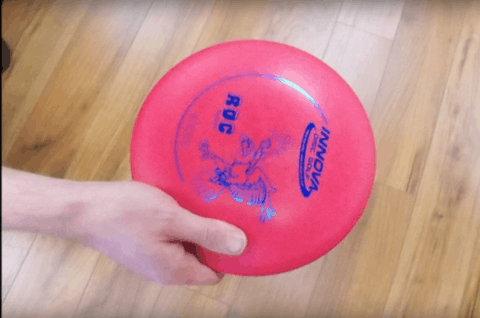
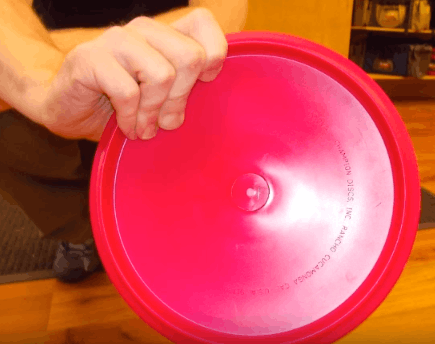
- Modified power grip – Here we’re mixing a few styles, as your hand is in a part fan and part power type of grip. Your pointer and middle fingers sit under the disc in a fan position while you curl your other two fingers tightly around the inside of the rim. Make sure to have your thumb on top where the flight plate meets the rim.
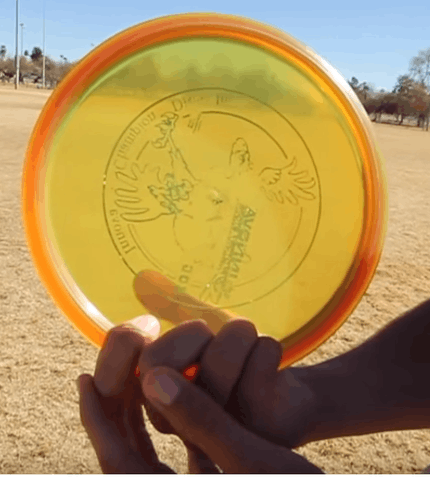
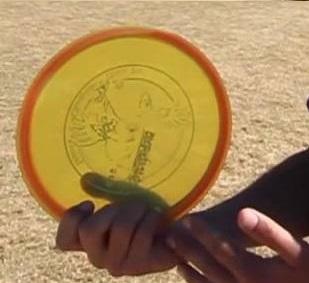
- 2 finger power grip – One could also term this as a modified power grip, as much of the mechanics stay the same. Your pointer and middle fingers are in the traditional power grip position while your remaining two fingers are nearly lifted right off of the disc. Again, your thumb must be on top where the flight plate meets the rim.
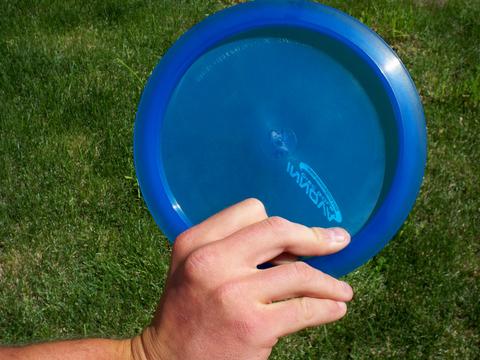
- 3 finger power grip – Nearly identical to the 2 finger power grip, this position simply adds your ring finger into the mix. As you grip the rim with all but your pinky, you’ll feel that this is most similar to a traditional power grip. You can curl your pinky into your palm or extend it out for a bit of flair!
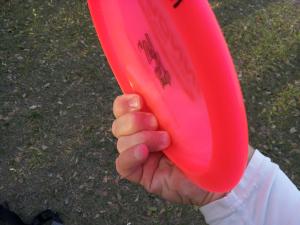
Forehand:
- Power grip – When executing a forehand distance shot, your grip will change quite a bit. With this kind of power grip, place your middle finger straight along the inside of the rim with your pointer finger curled for extra hold. Your other two fingers may not be touching the disc here but that’s perfectly ok.
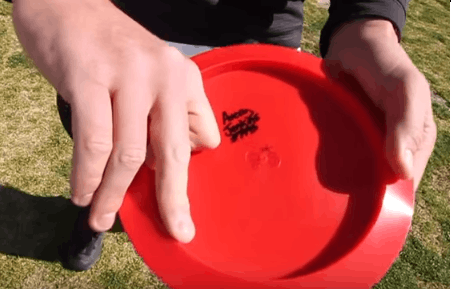
- Stacked fingers –
A popular way to shoot forehand shots, the stacked fingers grip places both your pointer and middle fingers in a flat stacked position along the inner rim. Your other two digits are out straight or slightly curled. Make sure your thumb is firmly on top of the disc for a tight hold.
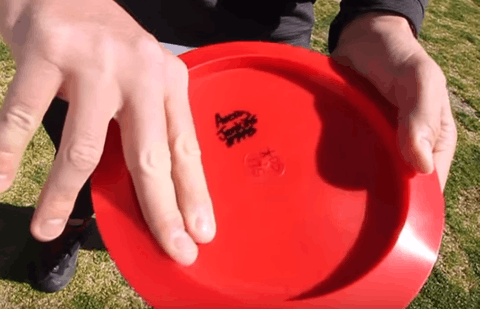
- Pointer finger to the middle – Imagine a peace sign and you have this unique type of grip. Your pointer finger extends straight to the middle of the underside of the disc with your middle finger straight along the inner rim. This is best utilized for touch shots and instances where you don’t need full power.
- One finger – Great as a gentle type of shot, the one finger grip places your pointer finger straight along the inside of the rim while the other three just hang out for a bit of air. This grip style relies on a pinching motion between your thumb and finger.
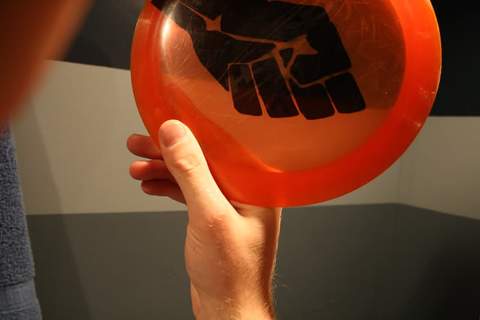
Overhead:
- Thumber – When a tricky hole requires an overhead shot, try a thumber. Hold your disc vertically and wrap your hand around it like a fist, with your thumb wrapping along the inside of the rim. A tight grip will ensure you get the height and distance you’re looking for.
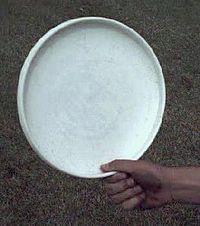
- Tomahawk – This type of shot is a bit of a dealer’s choice, in that you can utilize one of many types of grips. Most often seen are various forehand grips depending on how much distance you need. With a tomahawk, it’s ultimately your arm motion that distinguishes the shot rather than how you hold the disc.
Approach:
- Forehand – Finessing your disc means holding it a bit more gently, and with a forehand approach grip you are essentially replicating a much looser version of the stacked fingers option. This gentle kind of grip allows you to accurately gauge your distance on the course.
- Backhand – Also a looser type of grip, the backhand approach style of holding your disc places your pointer finger along the outer edge of the rim while your remaining three fingers are in a loose type of power tuck. This is a popular option when laying upon a difficult putt.
Putting:
- Power grip – You’ll find that grips during your putts typically mirror other styles of holding your disc. With a power grip, you’ll utilize the same finger placement as you would for a backhand shot but with less tightness in your hand.
- Fan grip – Just like a backhand fan grip, the fan grip used for putting is nearly identical. Whether you choose to have your fingers more spread out or in a tighter position will depend on your personal cutting preferences.
- Middle pinch grip – Taking some tips from both a power grip and the fan grip, a middle pinch grip relies on your middle and ring fingers utilizing a tight power curl along the rim. The placement of your pointer and pinky can vary depending on what’s most comfortable for you.
- Turbo grip – A fun grip to use when you’re within the circle, a turbo grip has you holding your disc upside down. Place your thumb in the middle of the flight plate with your four fingers curling up to fan around the rim. Some players like to bend their two middle fingers to create more of a flat surface for the disc to rest on.
Extras:
- Scooby – Fun rounds of disc golf call for fun shots and a Scooby is one of them! With your disc upside down, tuck your thumb over the rim and place your pointer finger along the rim’s edge.
- Grenade-Like some of the other grips we’ve discussed, a grenade relies more on your arm motion rather than the disc itself to a certain extent. With an upside down the disc, position your fingers in a similar fashion to the scooby grip, yet with a bit of a firmer placement.

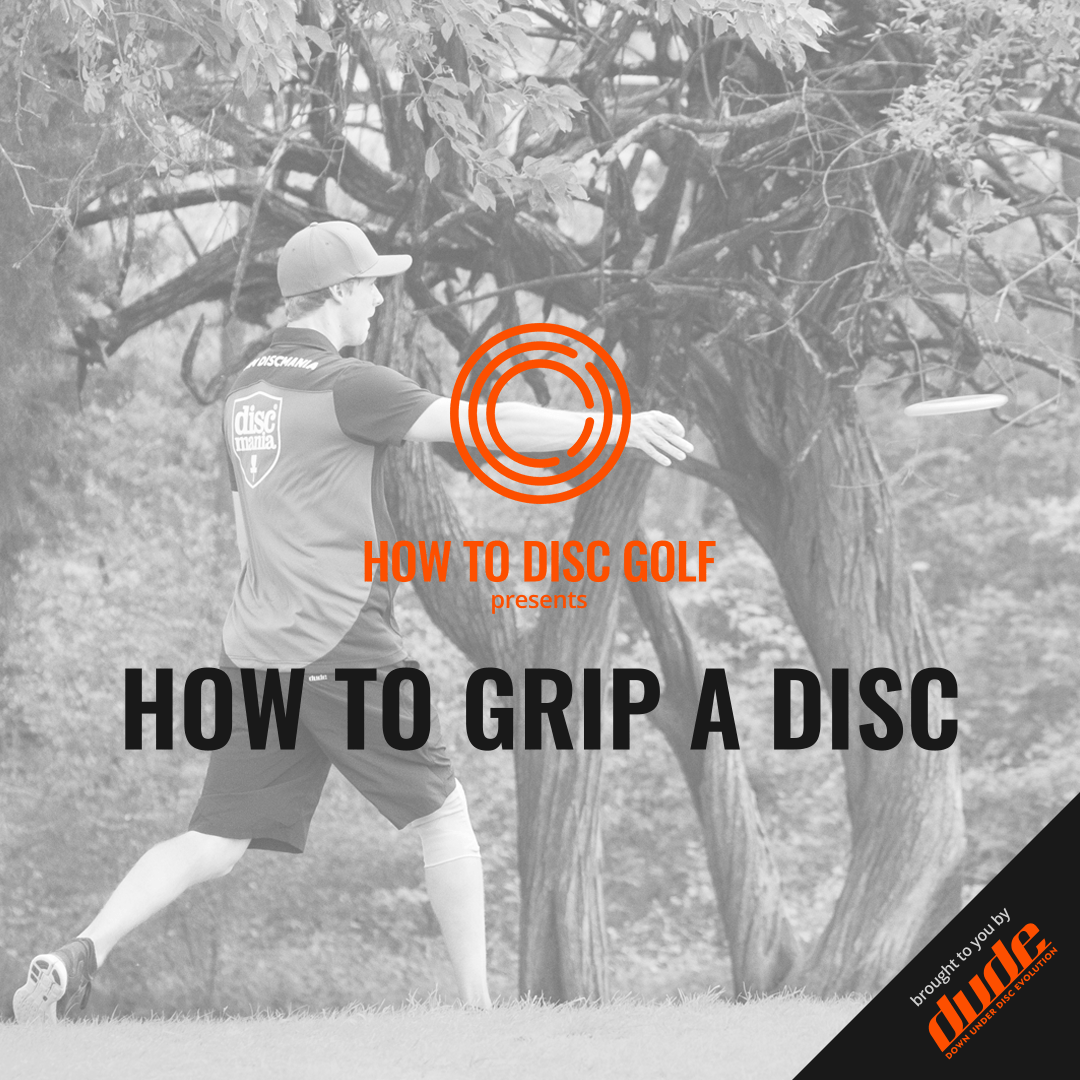
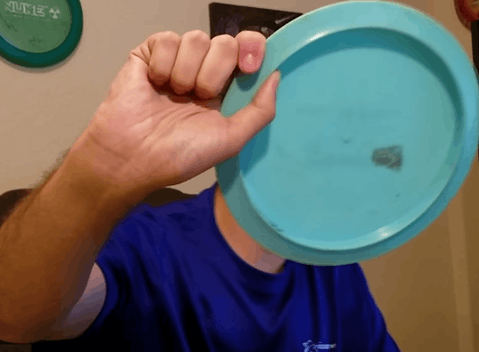
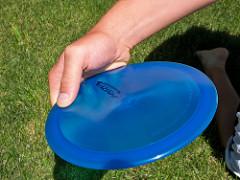
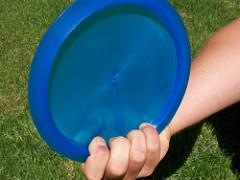
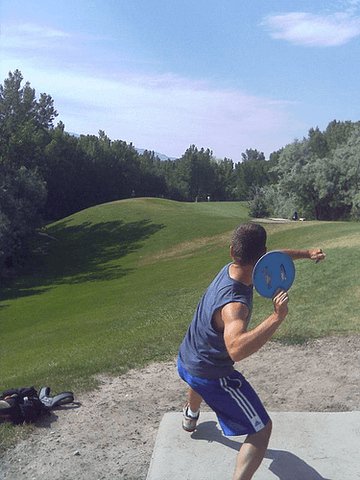

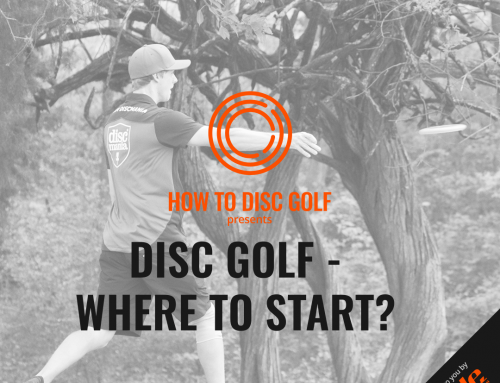


Thanks for sharing this disc golf information very clearly. Hope I will be helped by it.